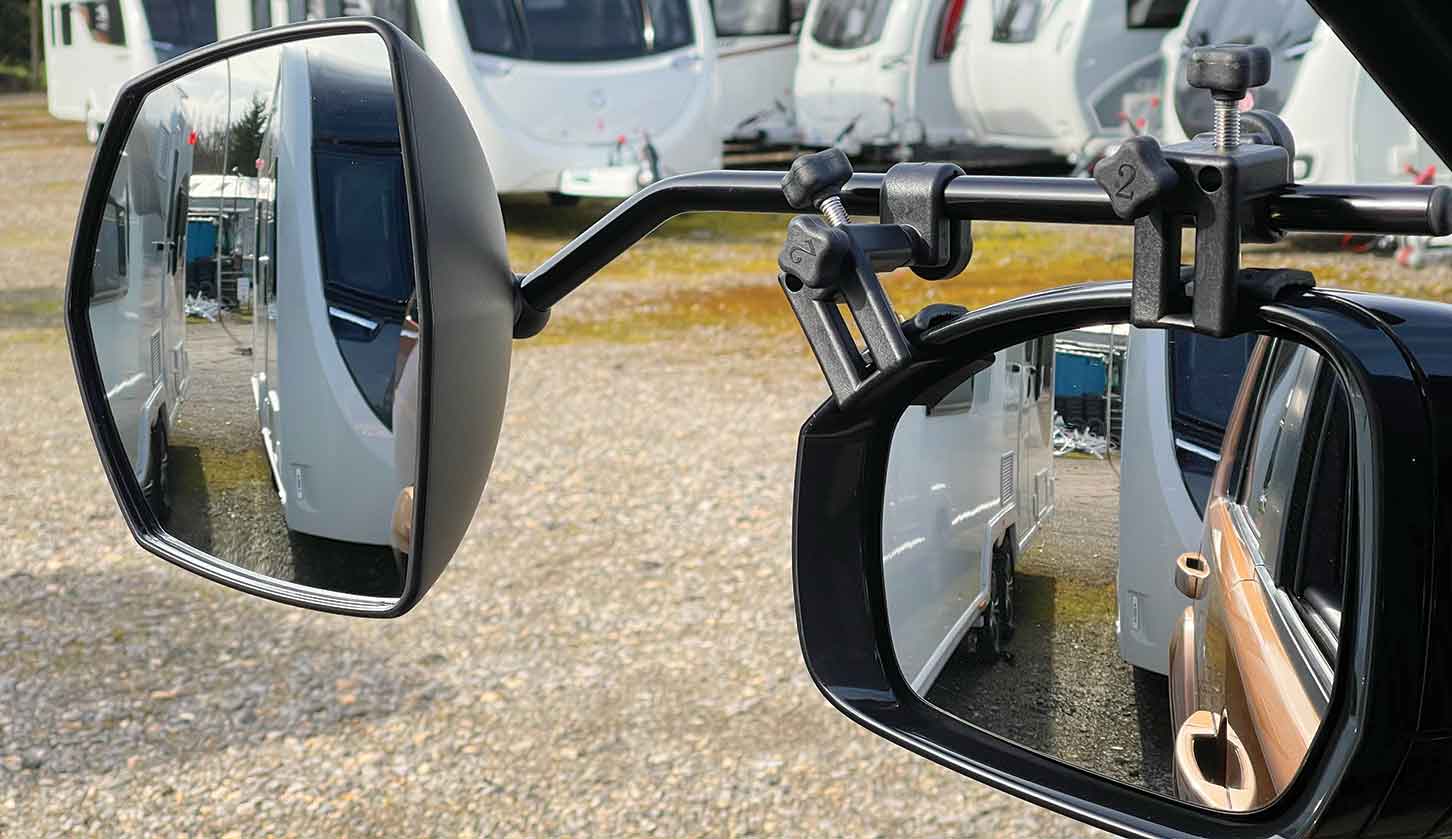

Articles
How To Adjust Towing Mirrors
Modified: December 7, 2023
Learn how to adjust towing mirrors with our informative articles. Ensure a safe and secure towing experience.
(Many of the links in this article redirect to a specific reviewed product. Your purchase of these products through affiliate links helps to generate commission for Storables.com, at no extra cost. Learn more)
Introduction
When it comes to towing, having proper visibility is crucial for the safety of both the driver and other road users. One of the key elements in ensuring good visibility while towing is having properly adjusted towing mirrors. Towing mirrors are specially designed to provide a wider field of vision so that the driver can see the sides and rear of the towed vehicle or trailer.
Whether you’re towing a trailer, caravan, or any other type of towed vehicle, adjusting your mirrors correctly is essential to prevent accidents, improve maneuverability, and comply with road regulations. In this article, we will guide you on how to adjust your towing mirrors effectively, ensuring maximum visibility and safety during your towing journeys.
Before we dive into the steps for adjusting towing mirrors, let’s first understand why it is so important to have them properly adjusted.
Key Takeaways:
- Properly adjusted towing mirrors are crucial for visibility, maneuverability, and legal compliance while towing. Take your time, use the right tools, and avoid common mistakes to ensure optimal safety and visibility.
- Understanding the importance of towing mirrors, choosing the right type, and following proper adjustment steps are essential for safe and successful towing journeys. Prioritize safety, take your time, and refer to manufacturer instructions for optimal results.
Read more: How To Extend Chevrolet Tow Mirrors
Why Adjusting Towing Mirrors is Important
Properly adjusted towing mirrors are essential for several reasons:
- Improved visibility: Towing mirrors provide a wider field of view compared to regular side mirrors, allowing you to see the sides and rear of your towed vehicle or trailer. This enhanced visibility is crucial for observing surrounding traffic, changing lanes, and executing safe maneuvers.
- Prevents blind spots: When towing a wider or longer load, your regular side mirrors may not provide adequate coverage. Towing mirrors can eliminate blind spots, enabling you to have a clear line of sight and reducing the risk of accidents.
- Enhanced maneuverability: Adjusting your towing mirrors properly allows you to have a better understanding of the size and position of your towed vehicle. This knowledge is vital for navigating tight spaces, reversing, and making precise turns without hitting obstacles or encroaching into adjacent lanes.
- Legal compliance: In many jurisdictions, it is a legal requirement to have properly adjusted towing mirrors when towing a vehicle or trailer. Failing to comply with these regulations can result in fines and penalties.
Now that we understand the importance of adjusting towing mirrors, let’s explore the different types of towing mirrors available.
Types of Towing Mirrors
There are several types of towing mirrors available for different vehicles and towing needs. Here are the most common types:
- Clip-on mirrors: These are temporary mirrors that attach to your existing side mirrors using adjustable straps or clips. Clip-on mirrors are versatile and can fit most vehicle mirrors. They are easy to install and remove, making them a popular choice for occasional towing.
- Slide-on mirrors: Also known as towing extension mirrors, slide-on mirrors are designed to slide over your existing vehicle mirrors, extending your field of view. They usually have adjustable arms that allow for customization based on the width of your vehicle. Slide-on mirrors provide a secure fit and are relatively easy to install and remove.
- Replacement mirrors: These mirrors are specifically designed to replace your vehicle’s existing side mirrors. They offer a wider field of vision and are often equipped with additional features like integrated turn signals or built-in blind spot mirrors. Replacement mirrors provide a seamless and integrated look to your vehicle.
- Telescoping mirrors: Telescoping mirrors have adjustable arms that can be extended when towing and retracted when not in use. They provide added convenience as they can be easily adjusted to suit your towing needs. Telescoping mirrors come in various styles, including manual adjustment and electrically adjustable options.
Each type of towing mirror has its own advantages and considerations. It’s important to choose a mirror that is compatible with your vehicle and provides the necessary visibility for safe towing.
Now that we’re familiar with the different types of towing mirrors, let’s move on to the tools you’ll need to adjust these mirrors properly.
Tools Needed for Adjusting Towing Mirrors
Adjusting your towing mirrors can typically be accomplished using a few basic tools. Here are the tools you’ll need:
- Screwdriver: A screwdriver will be useful for adjusting the mounting brackets or screws on your towing mirrors. The type of screwdriver required will depend on the specific design of your mirrors.
- Adjustable wrench: An adjustable wrench may be needed to loosen or tighten any bolts or nuts that secure the towing mirrors to your vehicle.
- Tape measure: A tape measure can be helpful for ensuring that your towing mirrors are properly aligned and positioned at the correct angle. It allows for precise measurements and adjustments.
- Level: Using a level can assist in ensuring that your towing mirrors are straight and not tilted or angled incorrectly. This ensures that you have an accurate reflection of the surrounding area.
- Mirror adjustment tool: Some towing mirrors come with specific adjustment tools that are designed to make the process easier. Check the packaging or manual of your towing mirrors to see if a specialized tool is provided.
While these tools are commonly used for adjusting towing mirrors, the specific tools required may vary depending on the type and brand of mirrors you have. Before starting the adjustment process, always refer to the manufacturer’s instructions and check if any additional tools are recommended for your specific mirrors.
Now that we have our tools ready, let’s move on to the steps for adjusting towing mirrors.
When adjusting towing mirrors, make sure they provide a clear view of the sides and rear of the trailer. Adjust the mirrors to eliminate blind spots and improve visibility while towing.
Steps to Adjust Towing Mirrors
Properly adjusting your towing mirrors is essential for optimal visibility and safety while towing. Here are the steps to follow:
- Positioning: Start by sitting in the driver’s seat and adjust your regular side mirrors to provide a clear view of the rear of your vehicle. Ensure that you can see the sides and rear of your towed vehicle or trailer in the mirrors.
- Install towing mirrors: If you’re using clip-on or slide-on mirrors, install them securely onto your existing side mirrors according to the manufacturer’s instructions. Make sure they are stable and properly attached.
- Adjust horizontal position: Get out of the vehicle and stand behind your towing mirrors to assess the horizontal alignment. The mirrors should be parallel to the ground, reflecting the correct view of the sides and rear. Use a level to ensure they are straight and not tilted.
- Adjust vertical position: Stand next to your vehicle and look at the reflection in your towing mirrors. They should provide a clear view of the sides and rear of your towed vehicle or trailer. Adjust the vertical position of the mirrors, angling them slightly downward to minimize blind spots.
- Check the blind spot: Sit back in the driver’s seat and check for any blind spots by observing the reflection in your towing mirrors. Ensure that there are no significant gaps between your regular side mirrors and the towing mirrors, reducing the risk of vehicles disappearing into blind spots.
- Make necessary adjustments: If you find any issues, such as limited visibility or blind spots, make further adjustments to the horizontal and vertical position of your towing mirrors until you achieve optimal visibility.
- Test drive: Take your vehicle for a short test drive, paying close attention to the reflection in your towing mirrors. Ensure that you have a clear view of the sides and rear of your towed vehicle or trailer and that there are no blind spots affecting your ability to maneuver safely.
Following these steps will help you properly adjust your towing mirrors for maximum visibility and safety while towing. However, it’s important to note that the adjustment process may vary depending on the type of towing mirrors you have. Always refer to the manufacturer’s instructions specific to your mirrors.
Now, let’s dive into some tips for properly adjusting towing mirrors.
Read more: How To Install Tow Mirrors
Tips for Properly Adjusting Towing Mirrors
Adjusting your towing mirrors correctly is crucial for optimal visibility and safety. Here are some tips to ensure that you properly adjust your towing mirrors:
- Take your time: Adjusting your towing mirrors may require some trial and error. Be patient and take the time to make small adjustments until you achieve the desired visibility.
- Use a spotter: If possible, have someone stand next to your towed vehicle or trailer while you adjust the mirrors. Their feedback can provide valuable insight into the visibility you need to achieve.
- Refer to the owner’s manual: Always consult the owner’s manual and any specific instructions provided by the manufacturer of your towing mirrors. They may offer additional guidance or considerations that are specific to your mirrors.
- Double-check the stability: Before hitting the road, ensure that your towing mirrors are securely attached and stable. Give them a gentle tug to make sure they won’t shift or come loose during your journey.
- Regularly check and readjust: As you drive and encounter different towing conditions, your mirrors may need readjustment. Take the time to periodically check and readjust your towing mirrors to maintain optimal visibility.
- Consider upgrading: If you frequently tow heavy loads or find that your current towing mirrors don’t provide sufficient visibility, consider upgrading to a more advanced set of mirrors that are specifically designed for towing.
- Practice with your towing mirrors: Take time to practice using your towing mirrors in various driving scenarios, such as changing lanes, backing up, and making turns. Familiarize yourself with the new field of view provided by your mirrors.
By following these tips, you can ensure that your towing mirrors are adjusted properly, providing you with optimal visibility and safety during your towing journeys.
Now, let’s explore some common mistakes to avoid when adjusting towing mirrors.
Common Mistakes to Avoid
When adjusting your towing mirrors, it’s important to be aware of common mistakes that can compromise your visibility and safety. Here are some common mistakes to avoid:
- Improper mirror positioning: Failing to position your towing mirrors correctly can result in limited visibility or blind spots. Take the time to align them parallel to the ground and adjust them vertically to provide a clear view of the sides and rear of your towed vehicle or trailer.
- Overlooking blind spots: Neglecting to address blind spots can lead to dangerous situations, especially when changing lanes or making turns. Ensure that there are no significant gaps between your regular side mirrors and the towing mirrors, minimizing blind spots as much as possible.
- Skipping the adjustment process: It can be tempting to assume that your towing mirrors are already properly adjusted or to rush through the process. However, taking the time to adjust them correctly is crucial for ensuring optimal visibility. Don’t skip this important step.
- Forgetting to check stability: Failing to ensure that your towing mirrors are securely attached and stable can result in movement or even detachment while driving. Always double-check the stability of your towing mirrors before hitting the road.
- Ignoring manufacturer instructions: Each set of towing mirrors may have unique adjustment procedures or considerations. Always refer to the manufacturer’s instructions specific to your mirrors. Ignoring these instructions may lead to suboptimal adjustments or potential damage to your mirrors.
- Not regularly readjusting: Your towing mirrors may need readjustment as you encounter different towing conditions or if they shift during your journey. Periodically check and readjust your towing mirrors to maintain optimal visibility and safety.
- Neglecting upgrades: If you frequently tow heavy loads or find that your current towing mirrors aren’t providing adequate visibility, don’t hesitate to upgrade to a more advanced set of mirrors designed specifically for towing. Investing in high-quality towing mirrors can significantly improve your towing experience.
Avoiding these common mistakes will help you ensure that your towing mirrors are properly adjusted, providing you with optimal visibility and enhancing your safety while towing.
With these tips and insights in mind, you should now have a good understanding of how to adjust your towing mirrors effectively. Remember to always prioritize safety and refer to the specific instructions provided by the manufacturer of your towing mirrors.
Happy towing!
Conclusion
Properly adjusting your towing mirrors is essential for safe and successful towing journeys. Whether you’re towing a trailer, caravan, or any other type of towed vehicle, having maximum visibility is crucial for maneuverability, accident prevention, and legal compliance. By following the steps outlined in this article and implementing the tips provided, you can ensure that your towing mirrors are adjusted correctly and provide an extended field of vision.
Remember to take your time during the adjustment process, using tools like a screwdriver, adjustable wrench, tape measure, level, and any specialized mirror adjustment tools provided by the manufacturer. Double-check the stability of your towing mirrors before hitting the road, and periodically readjust them as needed. By doing so, you can maintain optimal visibility, minimize blind spots, and enhance your driving experience while towing.
Additionally, be mindful of common mistakes to avoid, such as improper mirror positioning, overlooking blind spots, and neglecting stability checks. By avoiding these mistakes, you can ensure that your towing mirrors provide accurate reflections and a clear view of your towed vehicle or trailer. Prioritize safety at all times and refer to the manufacturer’s instructions specific to your towing mirrors to ensure proper adjustment.
Lastly, if you find that your current towing mirrors are not providing sufficient visibility, consider upgrading to a more advanced set designed specifically for towing. Investing in high-quality towing mirrors can greatly improve your towing experience and further enhance safety on the road.
Now that you have a comprehensive understanding of how to adjust your towing mirrors effectively, it’s time to put this knowledge into practice. Happy towing and safe travels!
Frequently Asked Questions about How To Adjust Towing Mirrors
Was this page helpful?
At Storables.com, we guarantee accurate and reliable information. Our content, validated by Expert Board Contributors, is crafted following stringent Editorial Policies. We're committed to providing you with well-researched, expert-backed insights for all your informational needs.
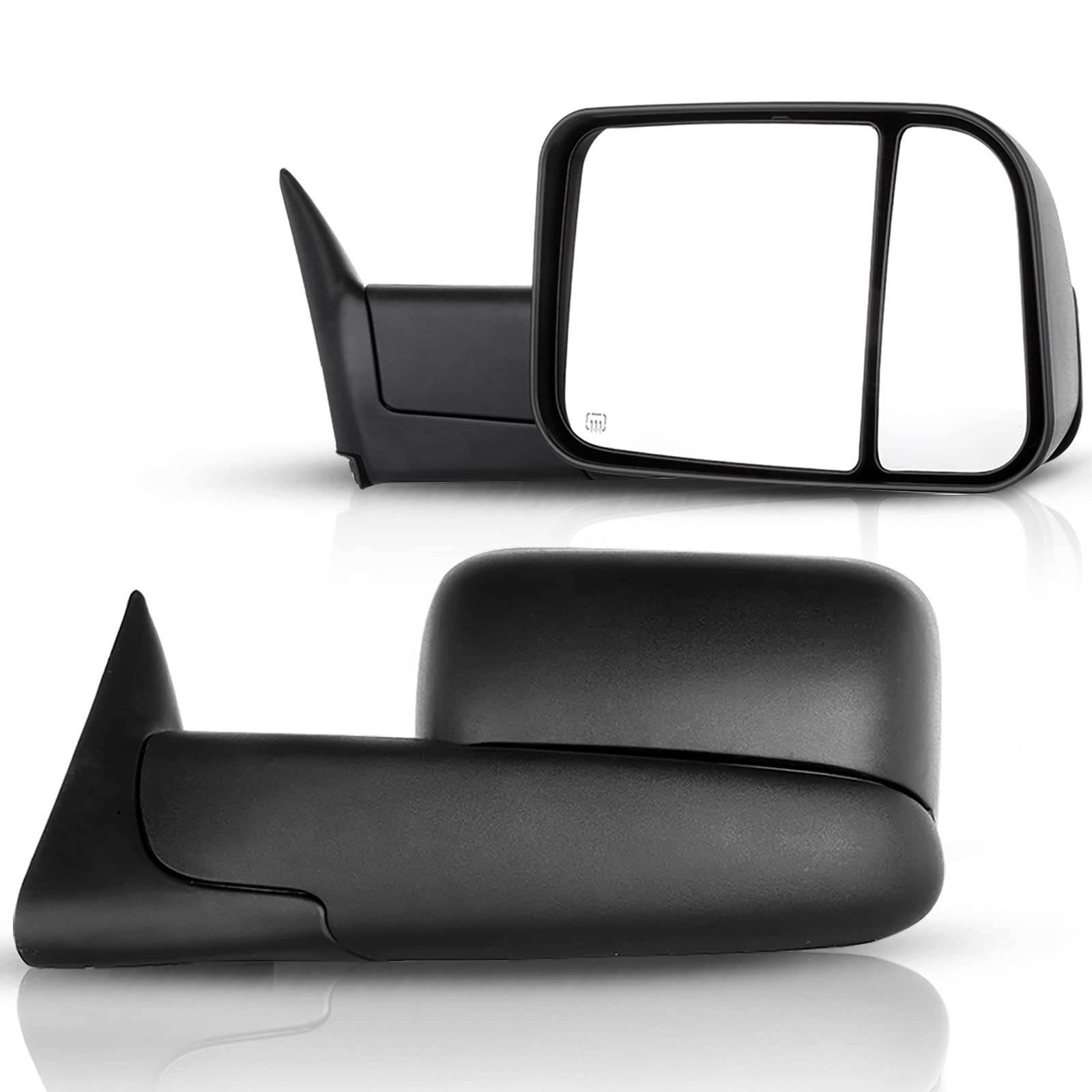
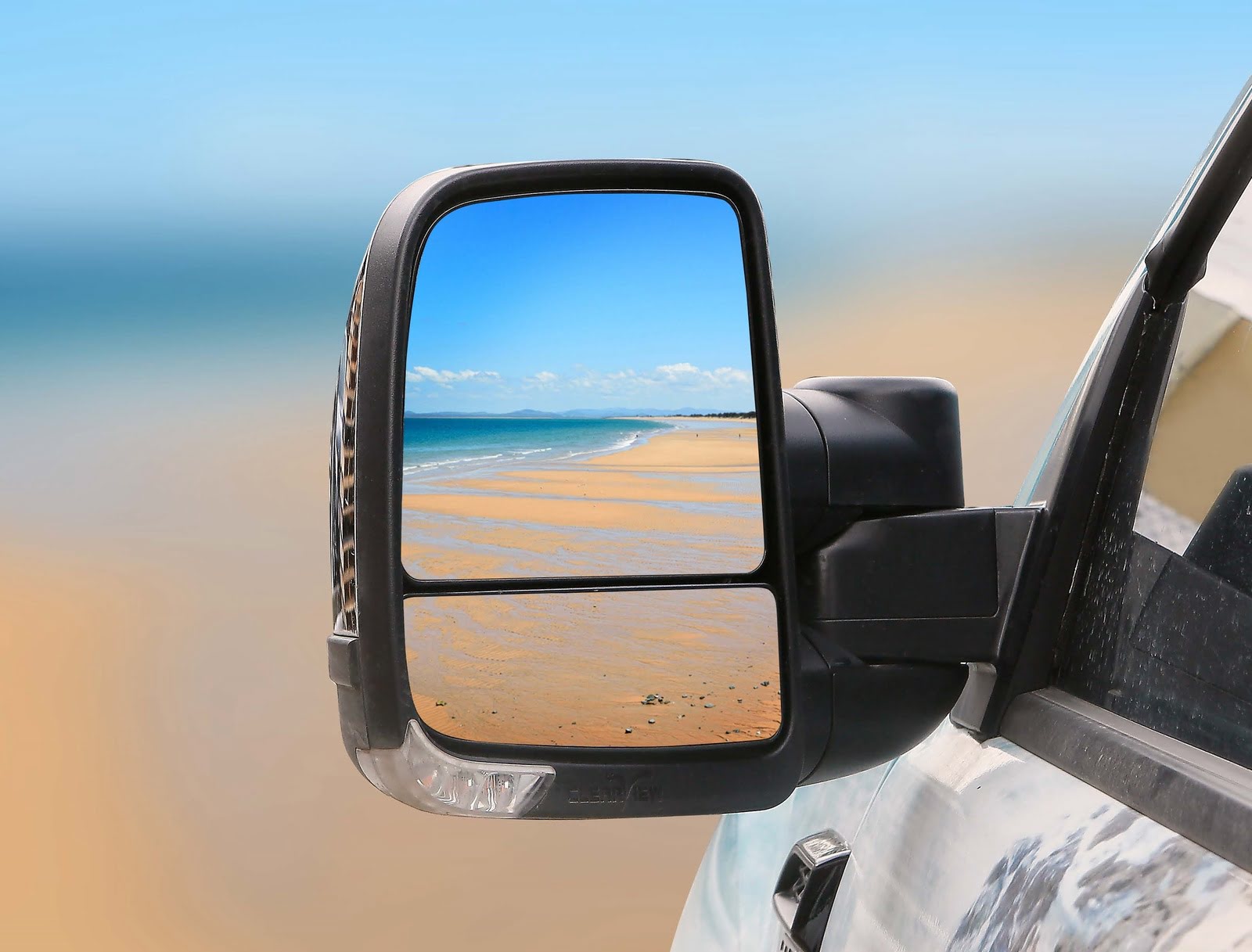
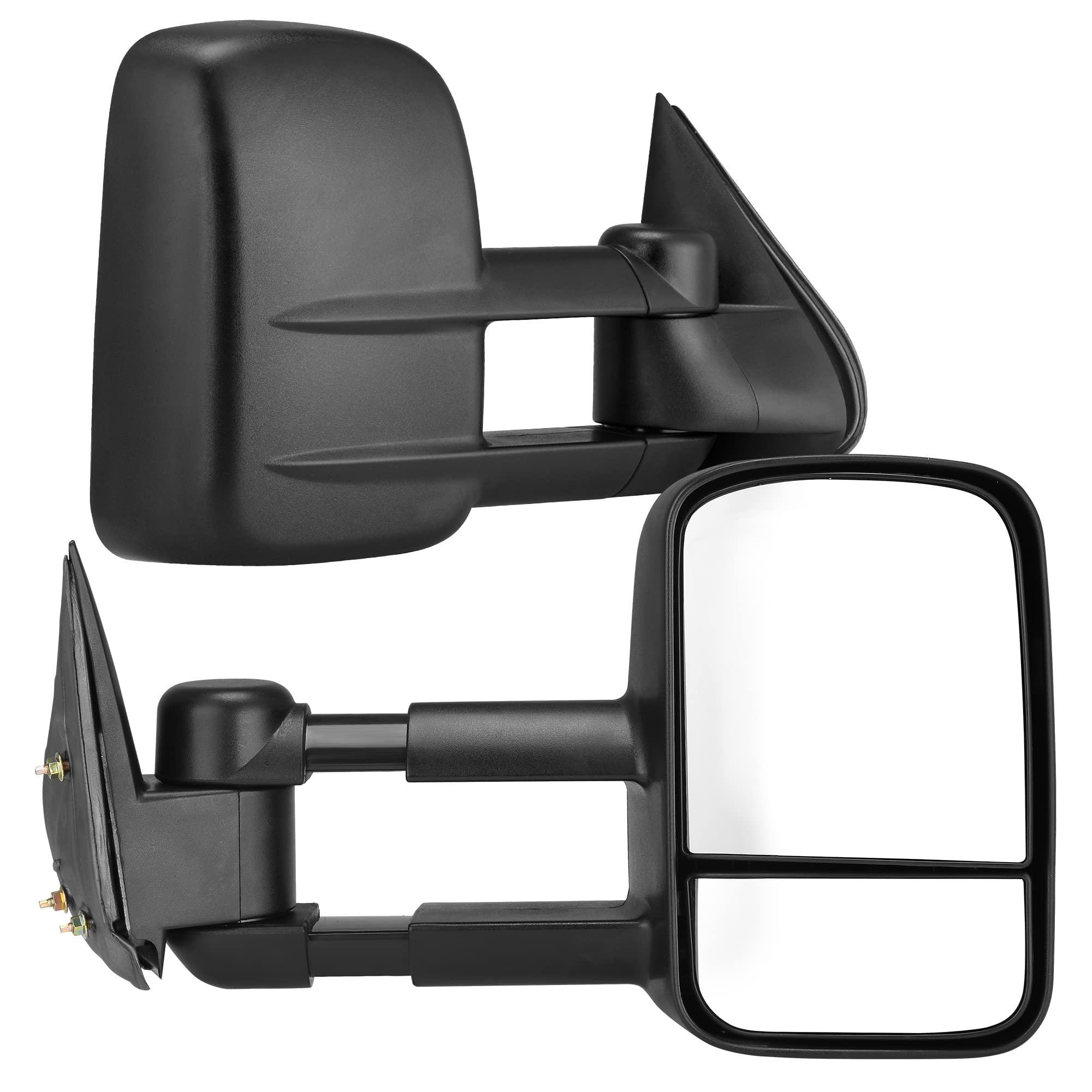
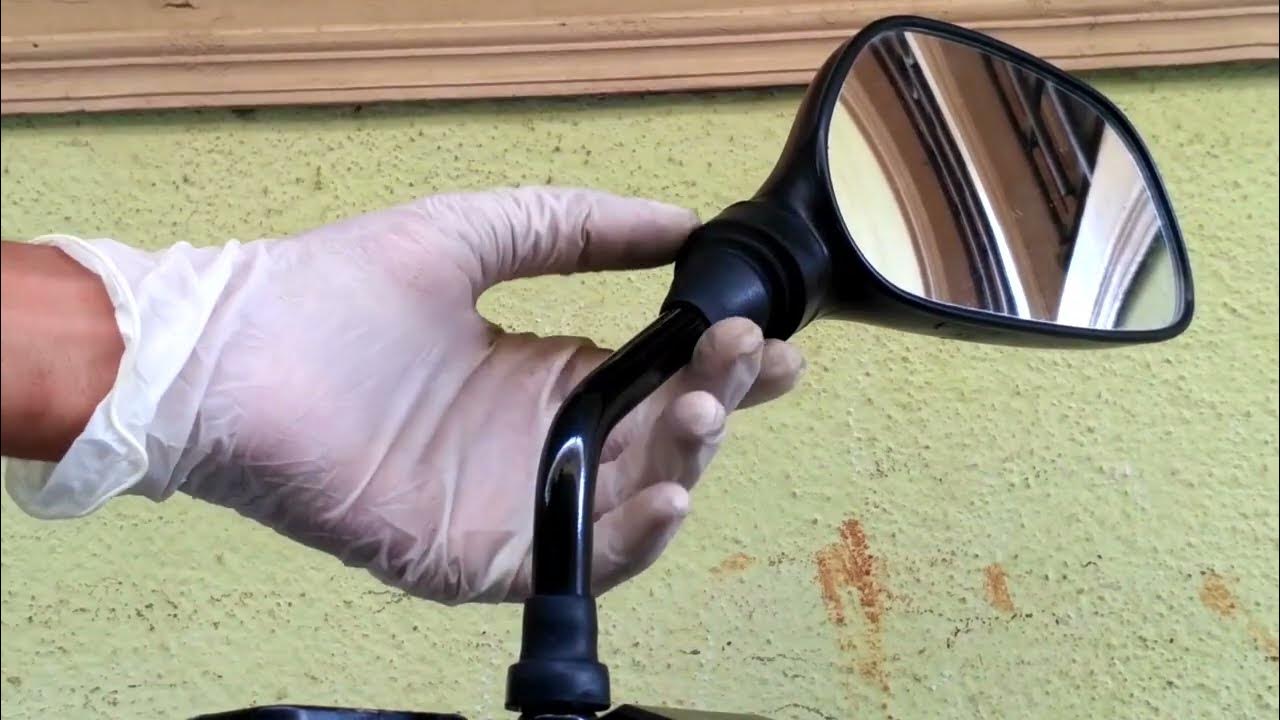
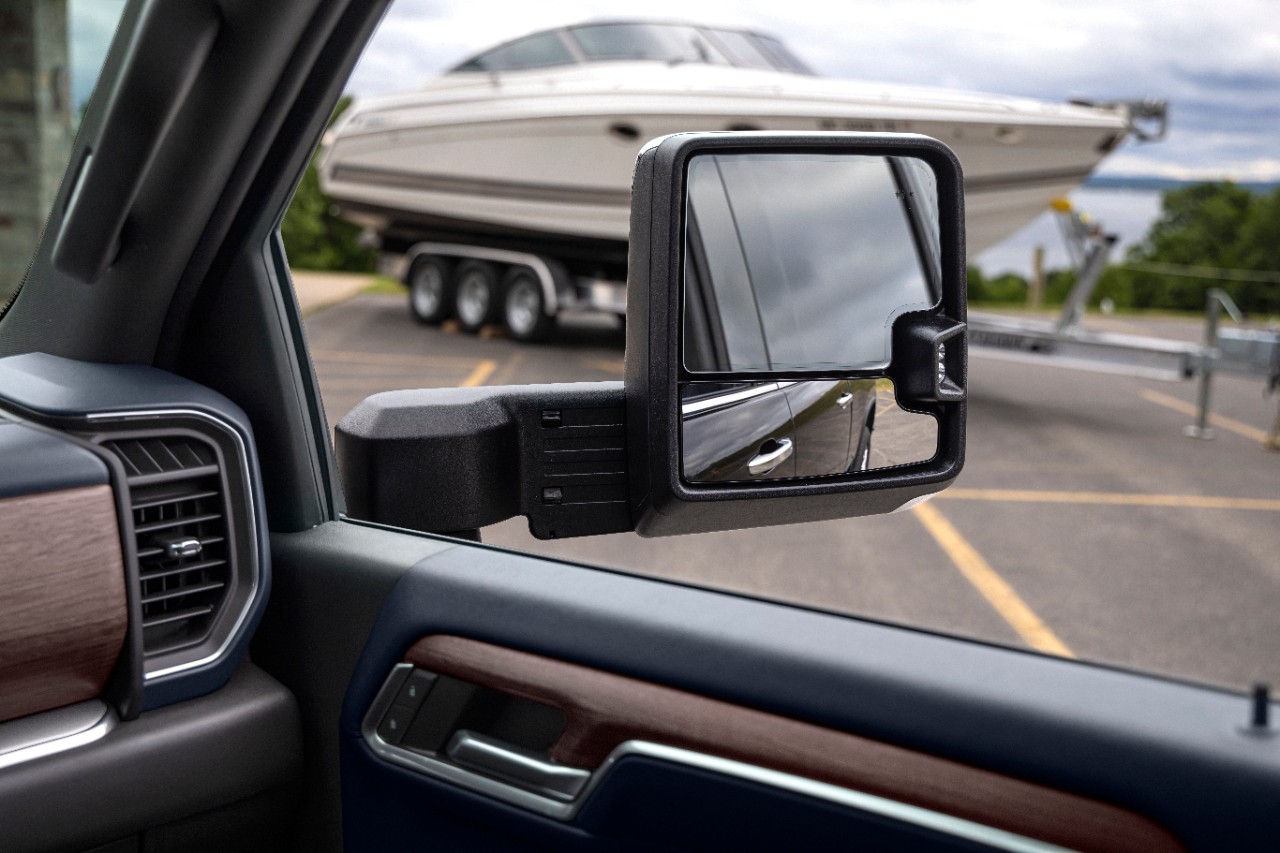
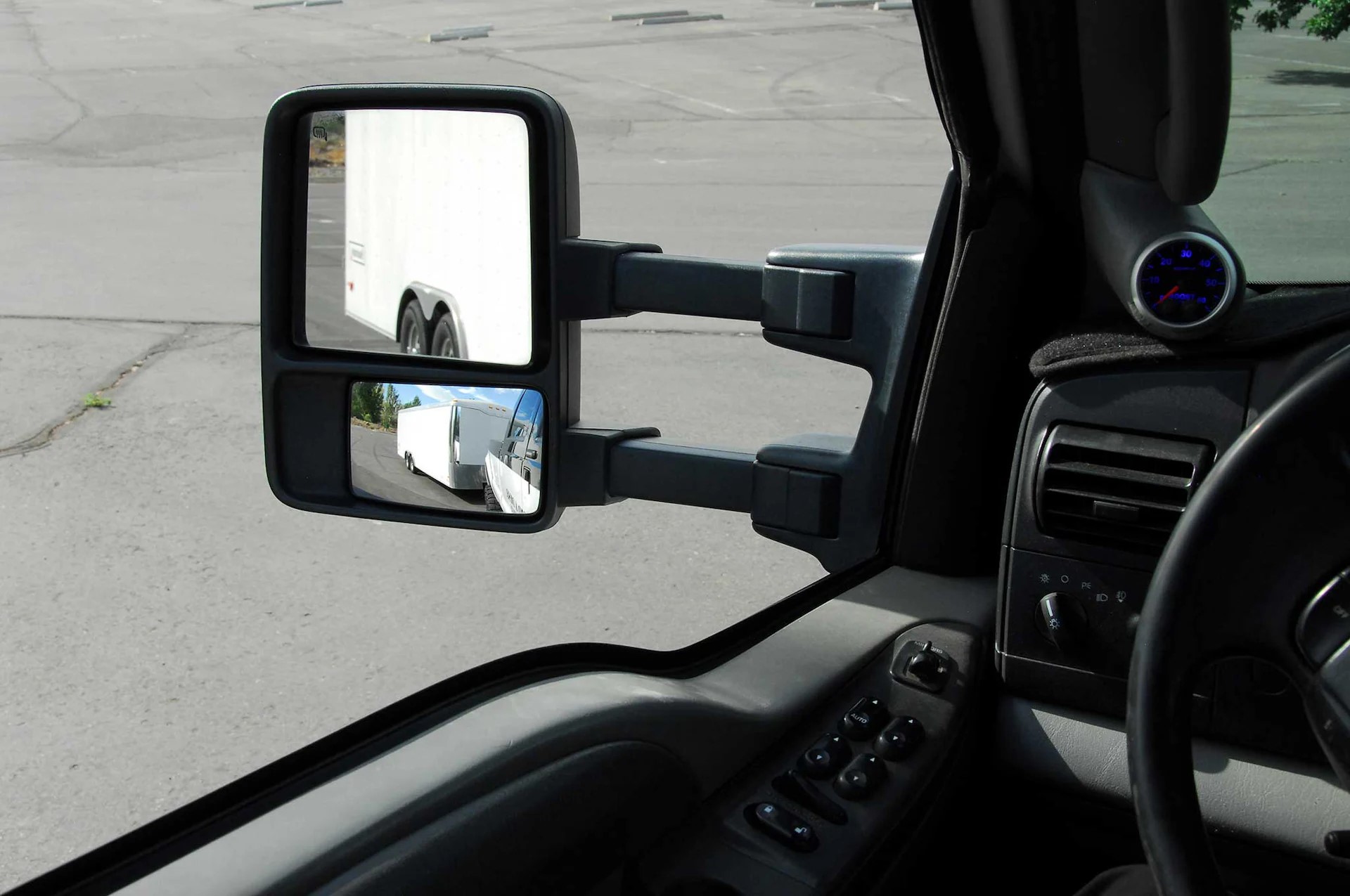
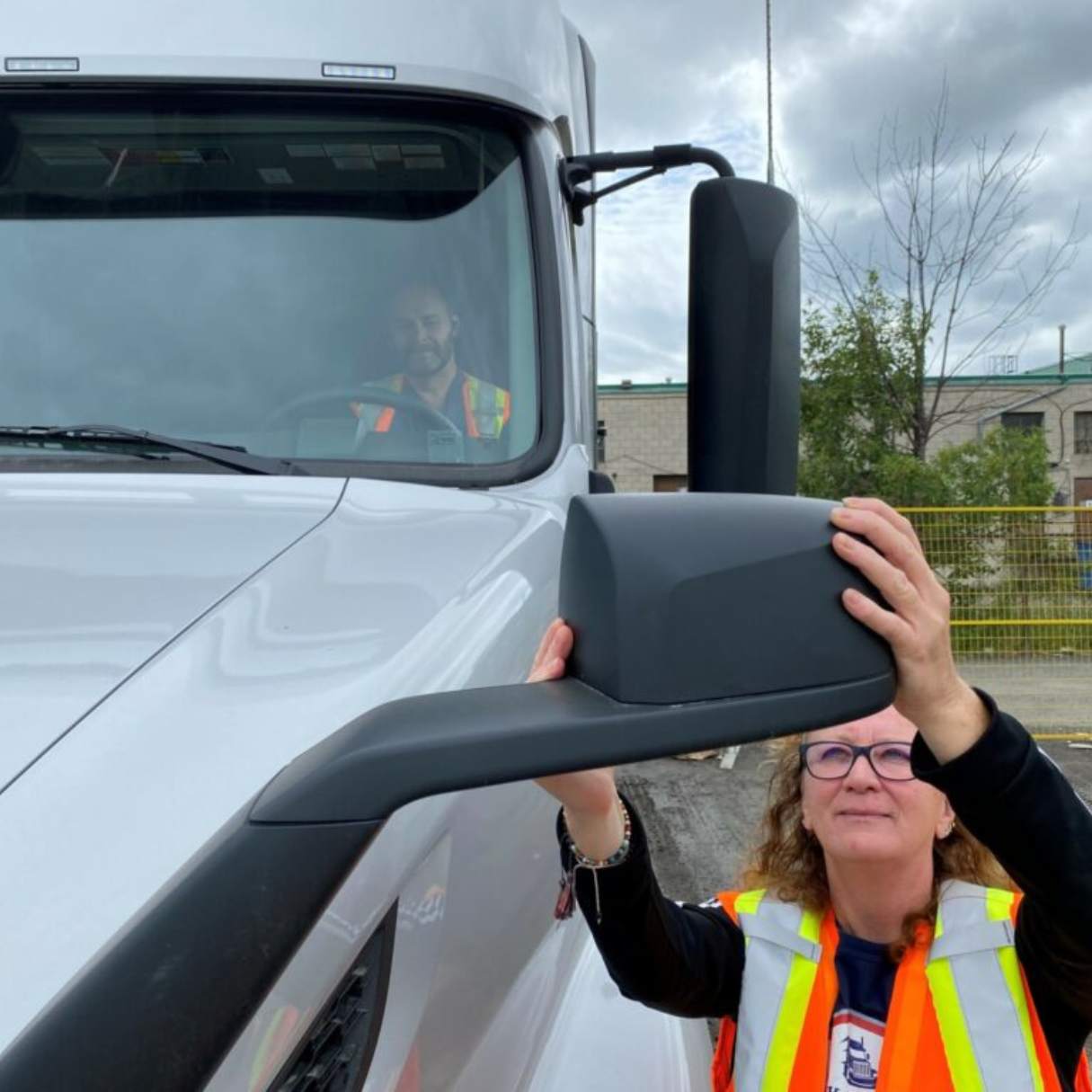

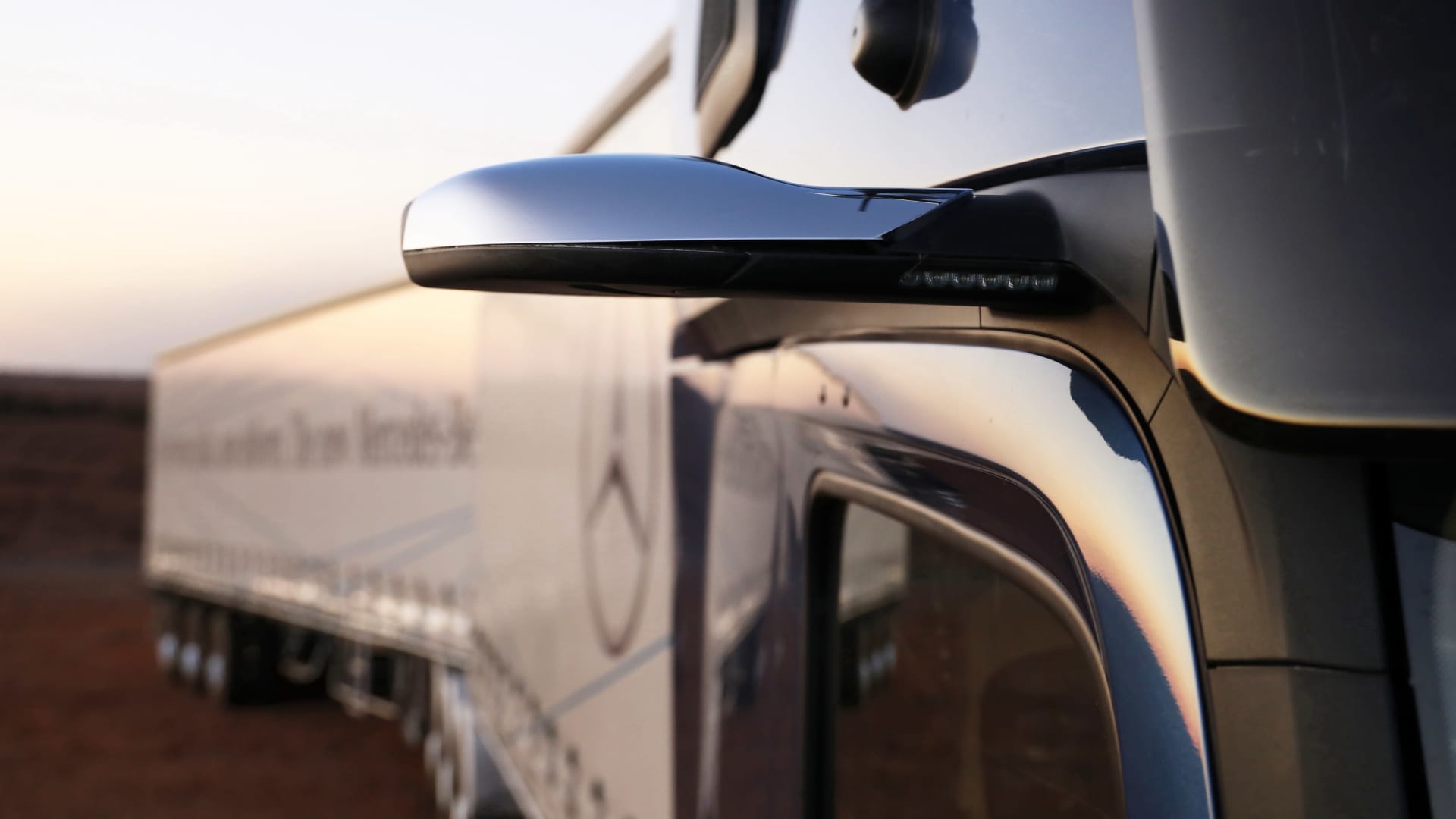
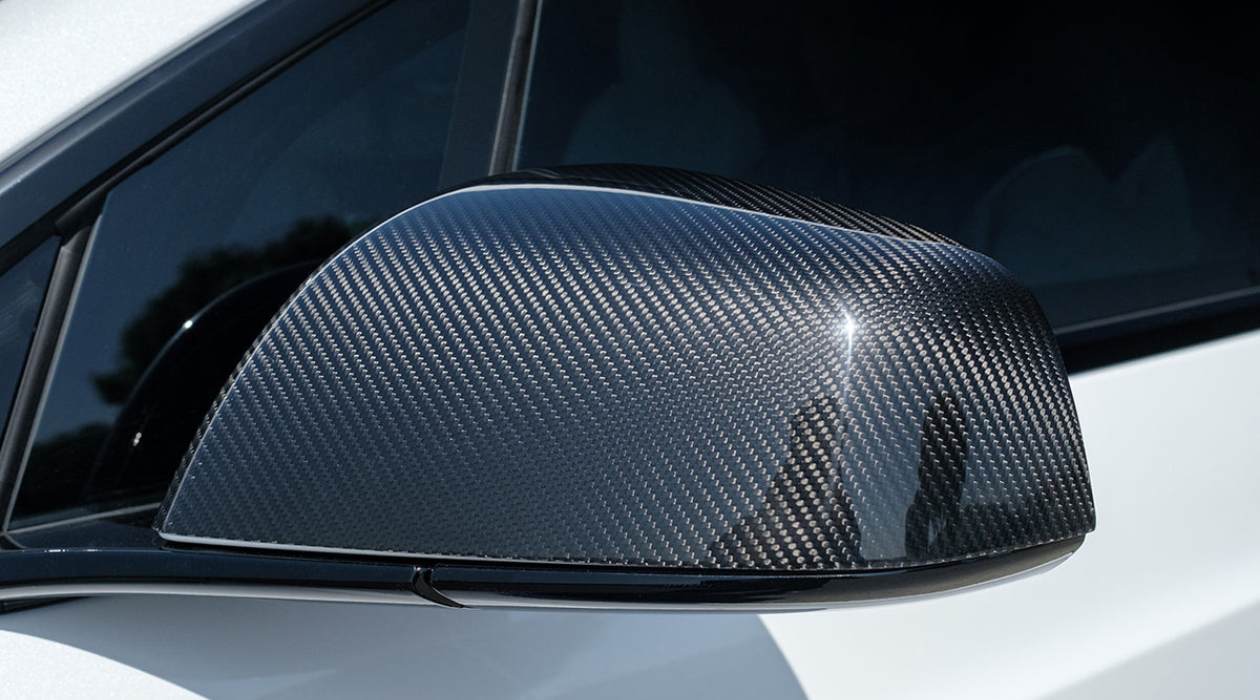
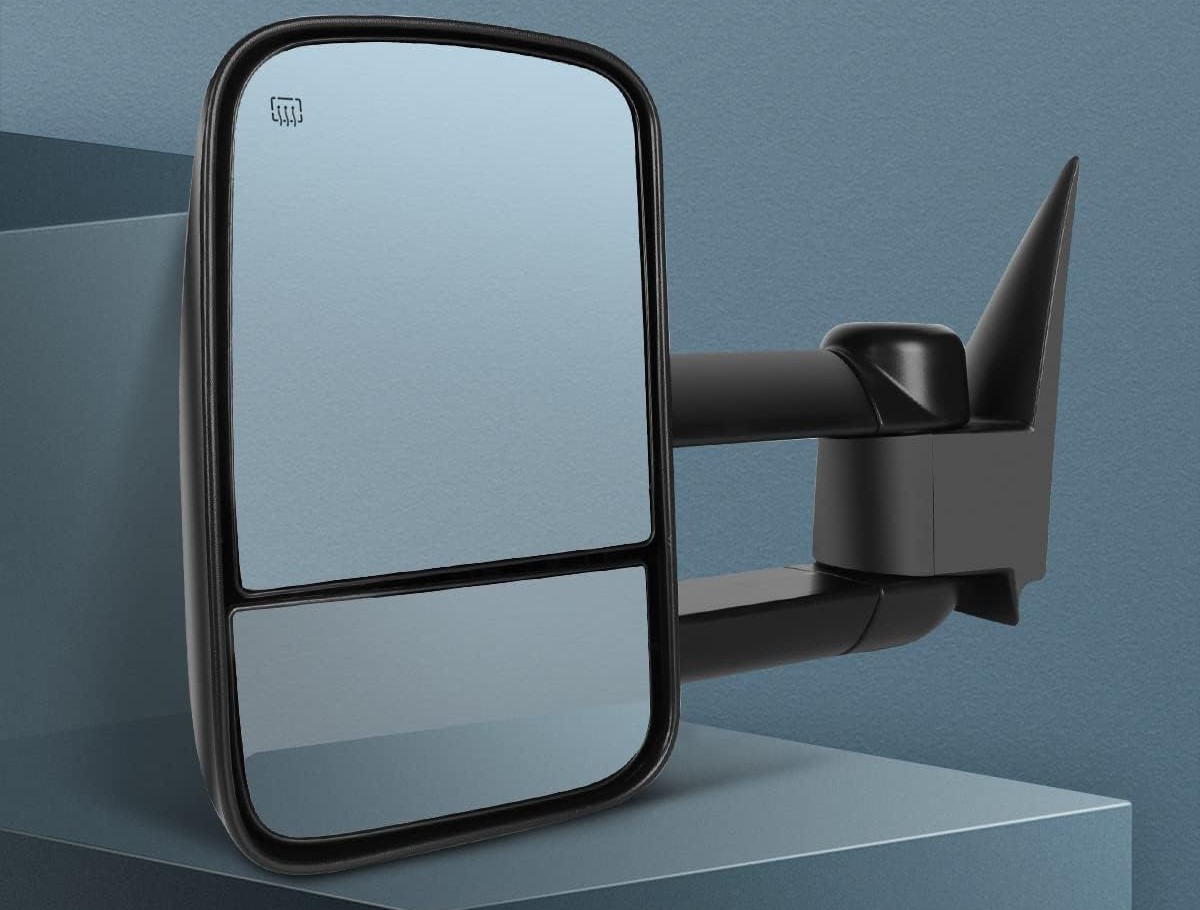
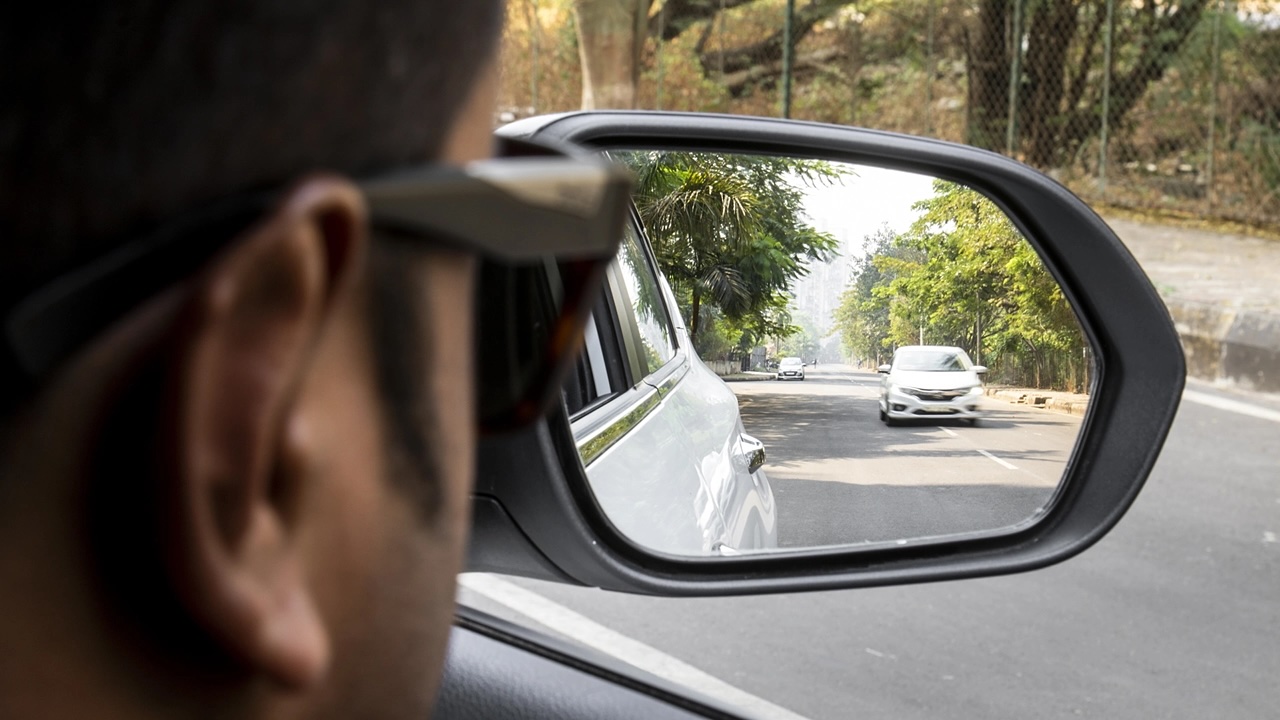

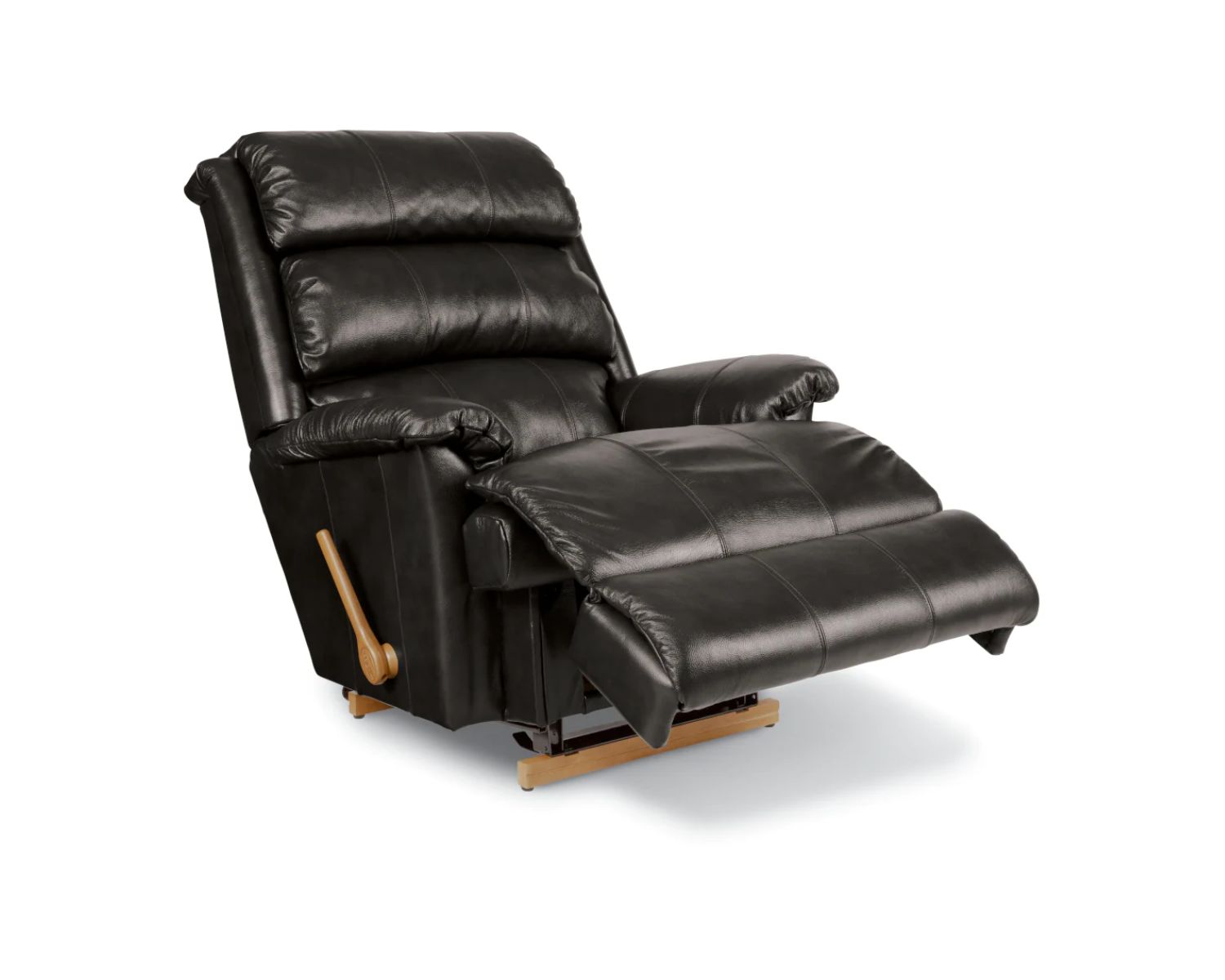

0 thoughts on “How To Adjust Towing Mirrors”